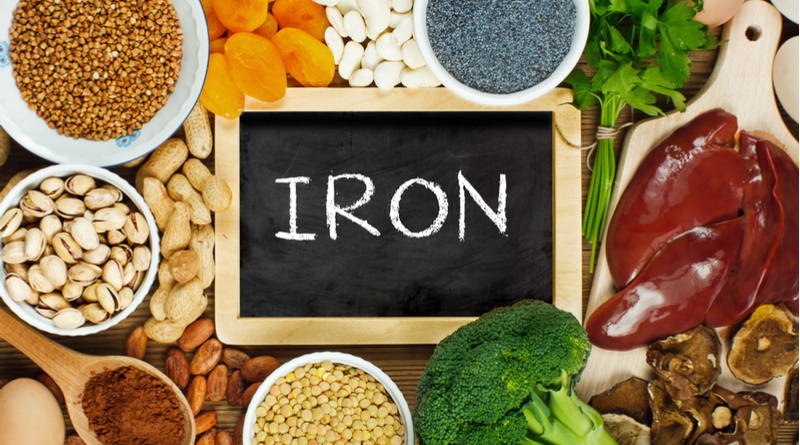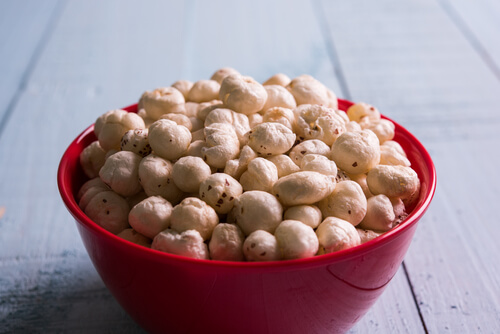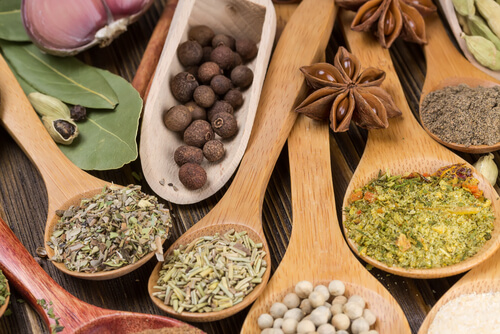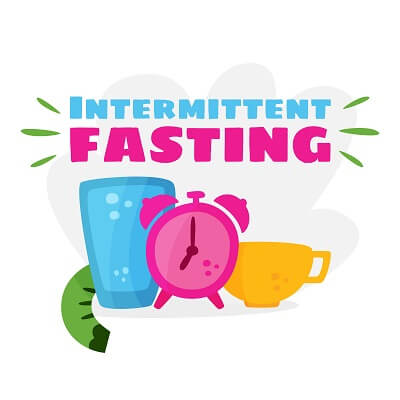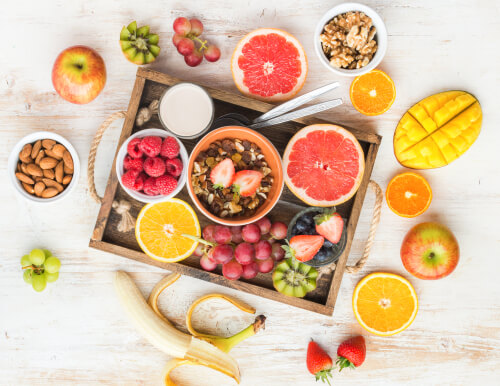When the body does not have the required number of red blood cells, the condition is called anemia. It occurs mainly due to blood loss or the inability of the body to create the required number of red blood cells. There are different types of anemia. The most common type is iron deficiency anemia. Red blood cells contain a pigment called hemoglobin. Hemoglobin comprises of iron. If the body does not get sufficient iron, it cannot make hemoglobin. Red blood cells deliver oxygen-rich blood to all parts of the body. The deficiency of vitamin B-12 and folate also affects the ability of the body to produce red blood cells. If the body is deprived of vitamin B-12, it might develop pernicious anemia.
Diet plan for anemia
The treatment of anemia is associated with changes in the dietary habits. Your diet should contain foods that are rich in vitamins and iron. Also, do not forget to include foods that help the body to absorb iron efficiently.
Foods contain two types of iron: heme iron and non-heme iron. Heme iron is found in seafood, meat, and poultry. Non-heme iron is found in plant foods and iron-fortified foods. The body absorbs heme iron easily. To fight iron-deficiency anemia, you should include the following foods in your diet:
- Leafy green vegetables: These are the best sources of non-heme iron. Kale, spinach, collard greens are excellent sources of non-heme iron.
- Beans, whole grains, and citrus fruits also contain folate.
- Vitamin C helps the stomach to absorb iron. Consume leafy green vegetables with foods that are rich in vitamin C such as strawberries and oranges. This will help to increase the absorption of iron.
- Liver: Liver is very rich in folate and iron.
- Seafood: Seafood such as shrimp and oysters provide heme iron.
However, remember to consult your doctor before altering your diet plan.


